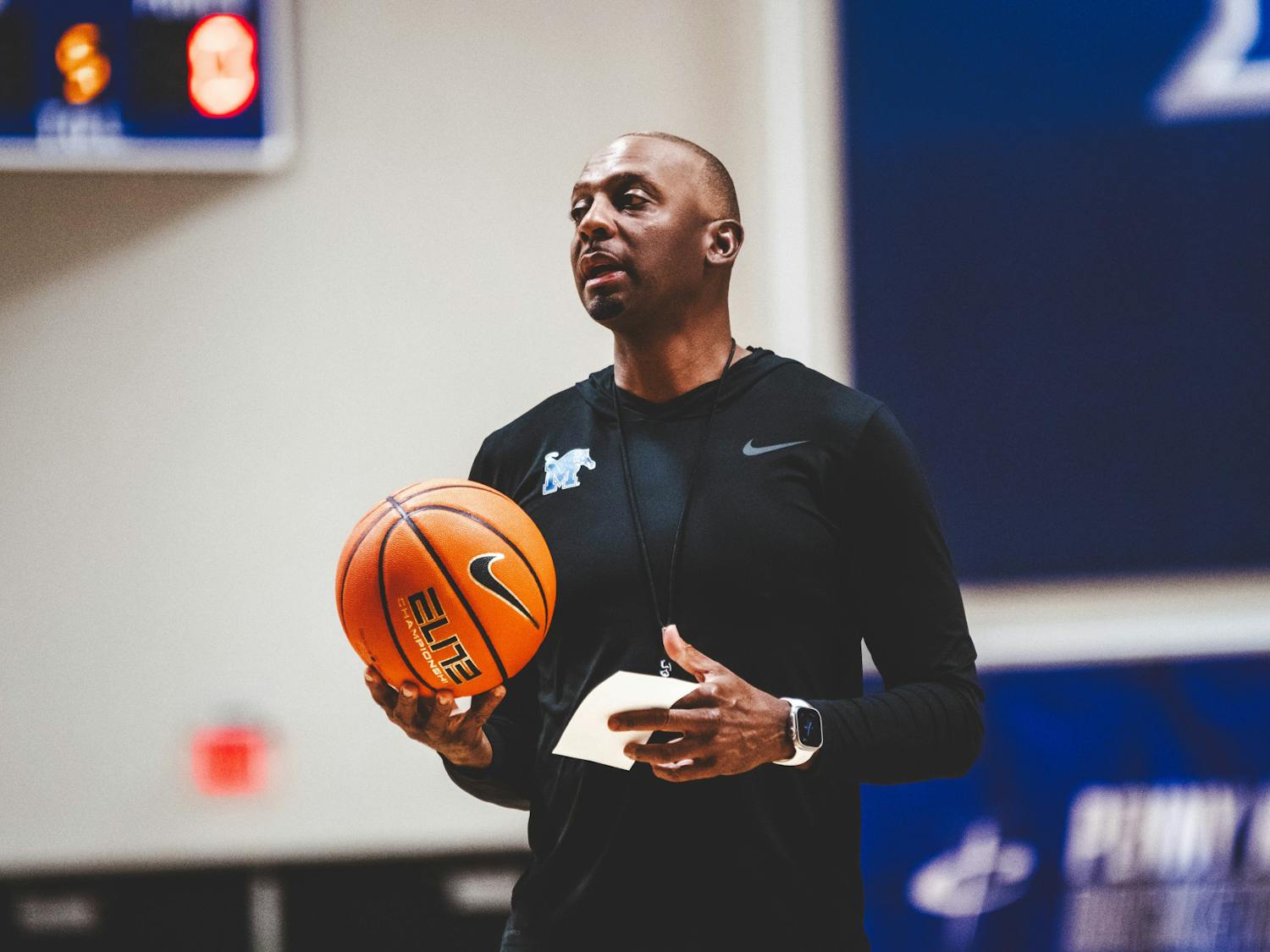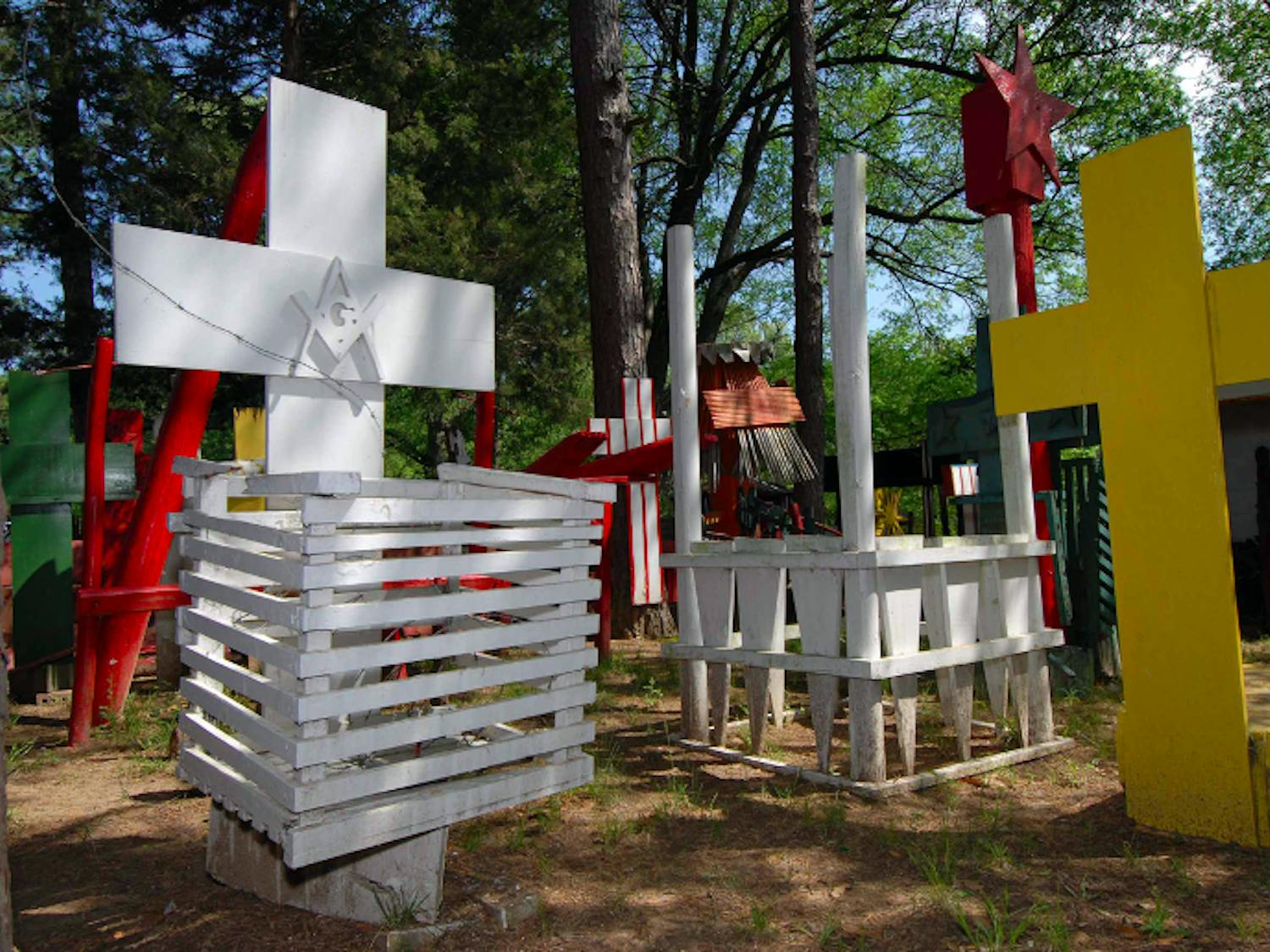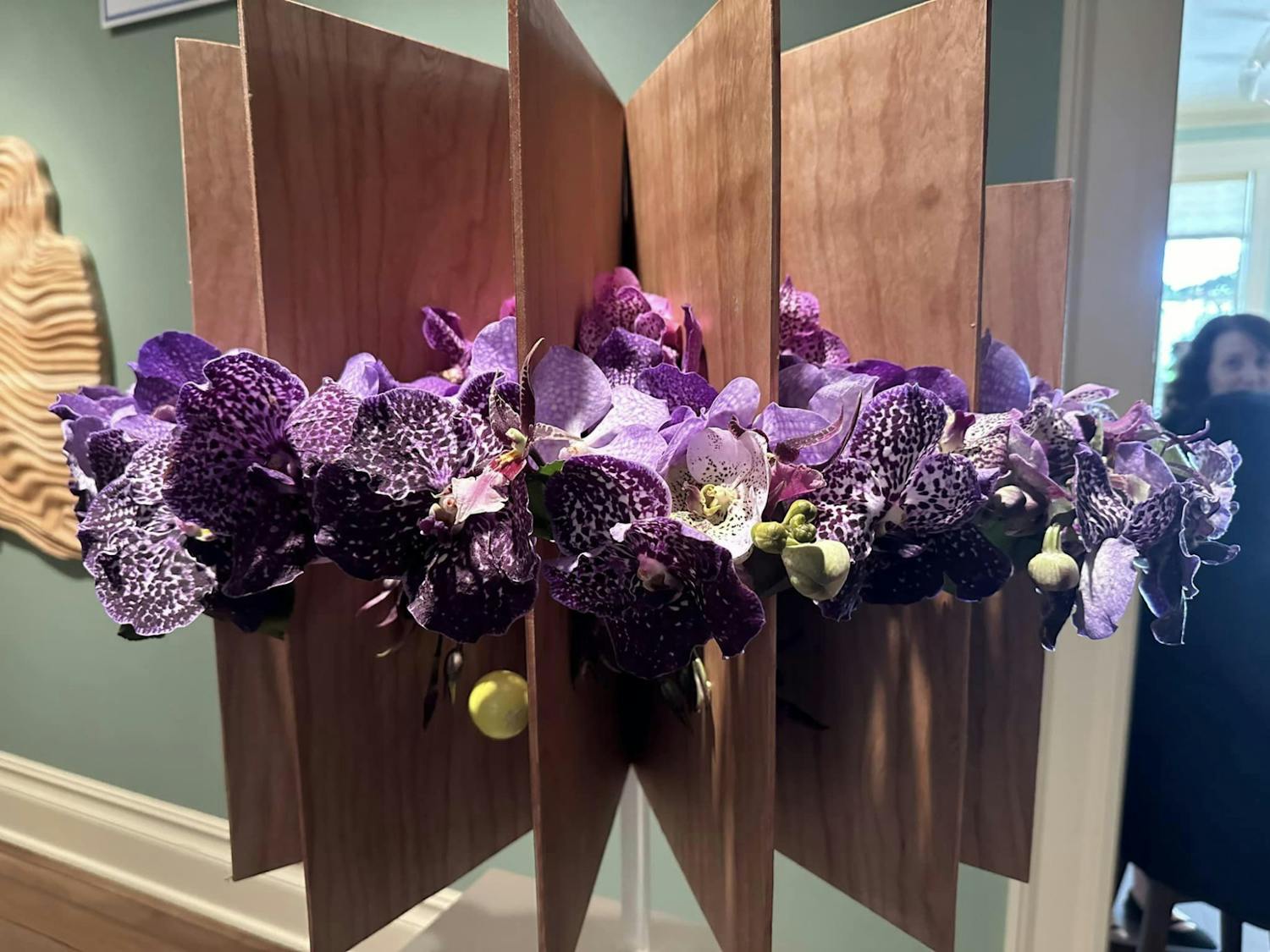Doctor Dorian Burnette can often be found standing in front of his Severe Weather class, discussing how the National Weather Service quantifies what is and is not a severe weather event.
However, Burnette said he knows that it takes more than a checklist of conditions to create a severe meteorological event, events he has seen firsthand during his career as a storm chaser. Storm chasing is the practice of following storms that could produce a severe weather event, observing them and reporting them to local weather stations, who then inform the public. Burnette has been chasing storms since 1997, and throughout the years, he’s been lucky enough to observe many storms and quite a few tornadoes.
Starting as an intern at his local weather station in High School, Burnette was brought on his first chase by a colleague. And while his first trip was a bust, Burnette said that being out in the field lit a fire in him.
“When you’re a weather nut, you don’t have to just see a tornado to get mesmerized, just the tremendous structure of the storm will potentially do that to you,” Burnette said.
From then on out, Burnette said he was happy with any time he could have out in the field, although he had other duties that kept him from spending all of his time chasing storms. One of these duties was working on his graduate degree, where he was first exposed to teaching.
“Interestingly enough, even as an undergrad in meteorology, I was all about broadcast meteorology,” Burnette said. “If you had told me that I would have become a professor later on, I would’ve laughed in your face.”
His graduate duties provided him an opportunity to expose students to the experience of storm chasing, allowing them to see firsthand what the precursors of a tornado look like, and how to identify them in the field. Burnette was quick to say that storm chasing is not all action, despite what is seen in movies. Burnette also said that there are often times where the weather looks like it is going to produce a tornado but does not. When the conditions do finally come together to produce a tornado, it is like lighting in a bottle to him and his fellow storm chasers.
“There’s a million different ways you can make a mistake and not see something, but then when it happens, it’s great,” Burnette said. “It’s like ‘Oh wow! Those parameters actually do work!'”
At a professor, Burnette can now share this experience with the students by allowing them to come on chases. Burnette said he is happy to have them along, whether a tornado is produced or not. It provides a learning opportunity no matter the result, and he enjoys discussing with them what went right and what went wrong.
“Something that’s great is that as I’m going over material in the morning, thinking about where we want to go for the actual storm chase that day, I’ll have the student right by me, and ask them ‘What do you see here?’,” Burnette said. “‘Where do you see the ingredients coming together?’ and when that overlaps with my thinking, and you go to that spot and see the darn thing in progress, whoo!”
In a culmination of all his meteorological experience, Dr. Burnette has created the perfect storm of experiencing severe events in the field with students, allowing him to teach the next generation of meteorologists while still chasing the storms he loves.



